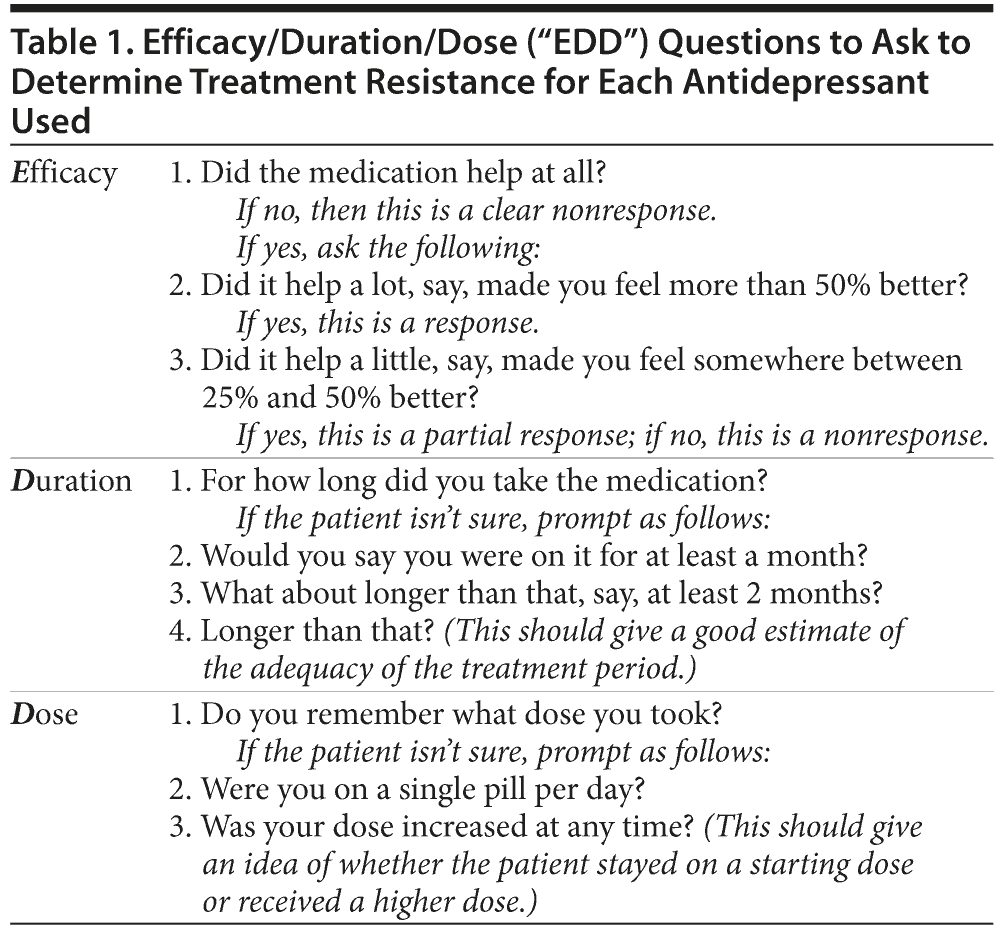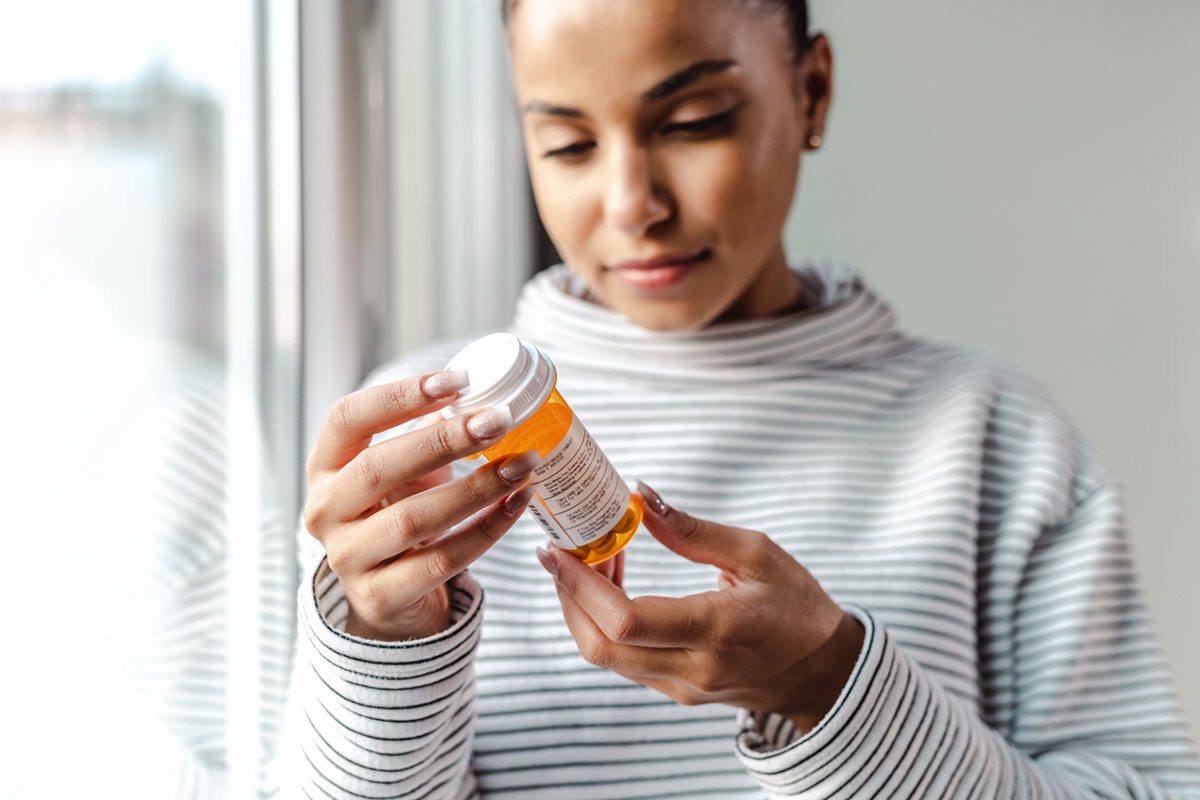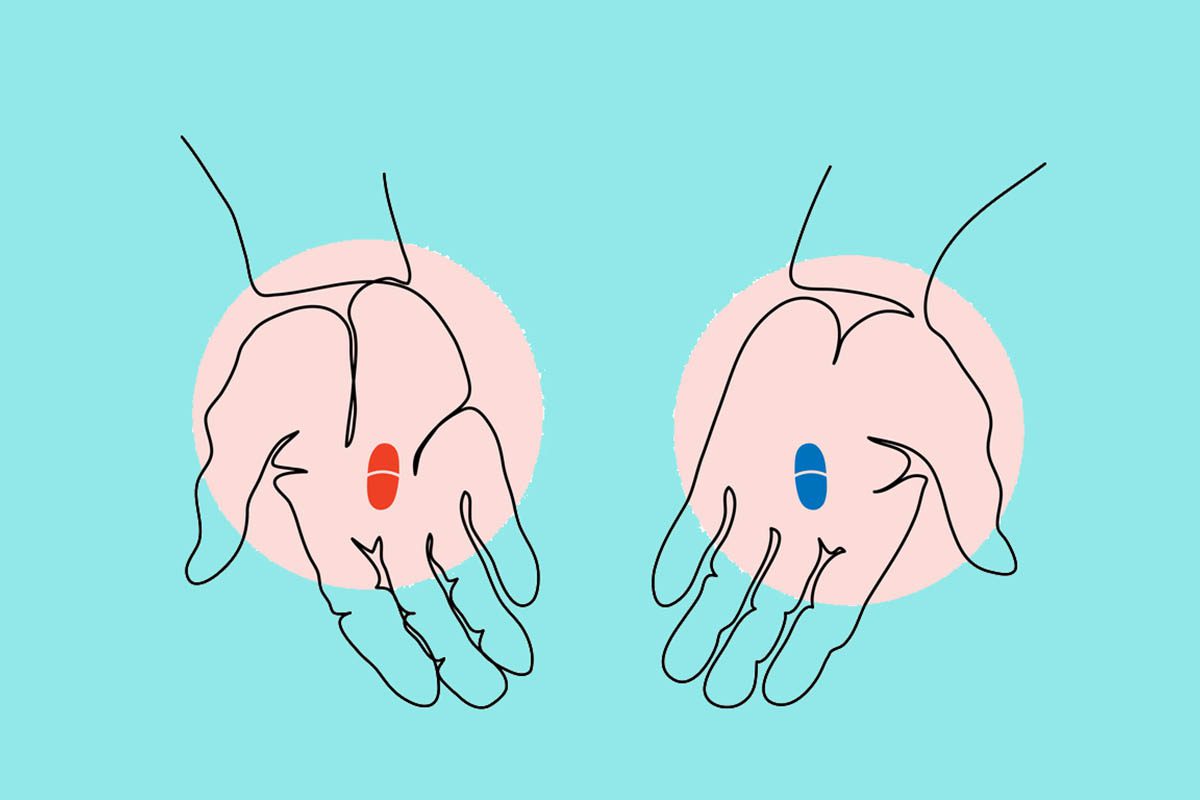Many depressed patients do not remit on antidepressant medication despite an adequate dosage and a sufficient duration of treatment.1 This has spawned endeavors to define treatment-resistant depression as a depressive episode that has shown insufficient response to 1 or more adequate trials of an antidepressant.1 What constitutes insufficient, inadequate, or partial response is still a matter of debate. Recently, an operational classification of degree of treatment resistance was proposed,2 with categorical distinctions defined by the percent symptom reduction from baseline as follows: nonresponse, < 25% reduction; partial response, 25%-49% reduction; and response without remission, ≥ 50% reduction but without achievement of remission.1
To determine the adequacy and outcome of treatment in a way that can be communicated among clinicians and researchers, it is crucial to employ a reliable and valid instrument. While historical rating of treatment is not as accurate as a prospective trial, there are many instances in which a decision is needed before the next trial is carried out. Several tools have been proposed, such as the Antidepressant Treatment History Form (ATHF),3 the Harvard Antidepressant Treatment History (HATH),4 and the Massachusetts General Hospital Antidepressant Treatment Response Questionnaire (ATRQ).1,5 The ATHF and HATH have the advantage of integrating clinical judgment in the assessment of treatment resistance, but these questionnaires are quite burdensome.5 The ATRQ (Appendix 1) and accompanying questions are meant to provide clinicians with a user-friendly tool for assessment of prior treatment.
It is often the case that a patient remembers whether a past treatment was somewhat helpful, although it is frequently difficult for him or her to remember exactly which antidepressant was taken, how long it was taken, and at what dose. However, it is important that the clinician explore past trials thoroughly using a systematic approach in order to characterize the adequacy of the trial and the degree of improvement. The clinician version of the ATRQ1,5 examines the adequacy of duration and dose of prior and current antidepressant treatments in a step-by-step procedure. It cannot be emphasized enough that, when assessing the duration and dose of clinical trials of antidepressants, clinicians must always inquire about adherence to each treatment trial. In addition, the ATRQ assesses the degree of improvement (in the most efficacious trial or in all trials during the current episode, depending on the version of the instrument) on a scale from 0% (not improved at all) to 100% (completely improved) (Table 1).
The previous treatment may have been monotherapy, an augmentation trial, a trial of 2 antidepressants (combination therapy), or a switch to another antidepressant. Our group has adopted conventions to define resistance to each of these approaches. At the outset it is noted that the doses and durations required for adequate treatment are based on expert consensus1 rather than systematic research. We define an adequate monotherapy trial as a trial lasting at least 6 weeks at a minimum effective dose. In the context of this initial trial, the adequate duration for augmentation or combination treatment is at least 3 weeks. However, a combination trial from the onset (ie, starting with 2 drugs together) must be 6 weeks. Six weeks is also required for a switch to a different antidepressant. Each of these trials is considered a new trial. An increase in dose for at least 4 weeks represents optimization and is not considered a new or separate trial. However, if remission is later followed by relapse, a dose increase represents a new trial for the new episode.
We recognize that the conventions used to define adequate dose and duration are not established and that other conventions, for example, a duration of 12 weeks, might be preferred. The ATRQ can be adapted to accommodate various definitions of dose and duration. Likewise, the threshold of resistance in terms of percent response may vary, depending on the questions being asked within a given clinical trial.
Clinical Vignettes
The following 3 vignettes are provided as examples of how the ATRQ might be used to assess patients.
1. After an initial improvement of 30% on treatment with sertraline 100 mg/d for 2 months, a patient is prescribed augmentation with lithium for 4 weeks, resulting in a 60% improvement (from the original pretreatment clinical state).
This would be scored as an initial failed trial (sertraline), followed by a response to the lithium augmentation trial. This patient would not be considered treatment-resistant because of the response to the augmentation strategy.
2. A patient tried an antidepressant a few years ago at an adequate dose for several months, and it worked very well (80% improvement). He felt so much better that he stopped taking it. After several months, he experienced a recurrence of depression. He resumed the same medication, this time with only 20% improvement.
This would be considered as a successful trial of the antidepressant for an initial episode of major depressive disorder (MDD), followed by a failed trial of the same antidepressant for a subsequent episode of MDD. This patient would thus be considered resistant to antidepressant treatment during the current episode.
3. Six months after an initial response to citalopram 20 mg/d, a patient experiences a recurrence of symptoms, which is followed by a dose increase to 40 mg/d for 3 weeks. At the time of interview, the patient reports an improvement of 40%.
Tachyphylaxis (“poop-out”) represents a special challenge in assessing resistance. There is evidence that increasing the dose leads to response in approximately two-thirds of patients relapsing during antidepressant treatment.6 Since the duration of treatment with the increased dose was too short to be counted as an adequate trial, the patient is not considered to be currently failing a trial. For the purpose of establishing eligibility for a clinical trial in treatment-resistant depression, the current medication dose (40 mg/d) should be continued for 1 additional week, and the patient should then be reassessed. If the patient has not responded after 4 weeks or more of an increased dose, the patient is considered resistant to a single trial of a higher dose.
It is crucial to obtain a precise antidepressant history for both research and clinical practice. We propose that the ATRQ and the accompanying questions (with the mnemonic “EDD”) can be used for this purpose in order to facilitate treatment decisions in clinical practice and systematize screening and patient selection for clinical trials in treatment-resistant depression.
Author affiliations: Cyclotron Research Centre, University of Liège, Belgium (Dr Desseilles); and Clinical Trial Network and Institutes and Depression Clinical and Research Program, Massachusetts General Hospital, Harvard Medical School, Boston (all authors). Potential conflicts of interest: Dr Witte has received research support from AstraZeneca, CeNeRx, Forest, Pfizer, Johnson & Johnson, Bristol-Myers Squibb, and Euthymics. Dr Chang has received grant/research support from AstraZeneca, Pfizer, CeNeRx, Euthymics, Forest, and Johnson & Johnson and has been on the advisory board of Bristol-Myers Squibb. Dr Dording has received research support from Abbott, Alkermes, Aspect Medical Systems, AstraZeneca, Bristol-Myers Squibb, Cephalon, Eli Lilly, Forest, GlaxoSmithKline, Johnson & Johnson, Lichtwer, Lorex, Novartis, Organon, PamLab, Pfizer, Pharmavite, Roche, Sanofi-Aventis, Solvay, Synthelabo, and Wyeth-Ayerst; has been an advisor/consultant for Takeda (not currently); and has been a speaker for Wyeth-Ayerst (not currently). Dr Freeman has been a consultant for Bristol-Myers Squibb; has received grant/research support from Eli Lilly, Forest, and GlaxoSmithKline; and consulted on an advisory board in June 2011 for Bristol-Myers Squibb. Dr Fava has received research support from Abbott, Alkermes, Aspect Medical Systems, AstraZeneca, BioResearch, BrainCells, Bristol-Myers Squibb, Cephalon, CeNeRx BioPharma, Clinical Trials Solutions, Clintara, Covidien, Eli Lilly, EnVivo, Euthymics, Forest, Ganeden Biotech, GlaxoSmithKline, Icon Clinical Research, i3 Innovus/Ingenix, Johnson & Johnson, Lichtwer Pharma GmbH, Lorex, NARSAD, National Center for Complementary and Alternative Medicine, National Institute on Drug Abuse, National Institute of Mental Health, Novartis, Organon, PamLab, Pfizer, Pharmavite, Photothera, Roche, RCT Logic, Sanofi-Aventis, Shire, Solvay, Synthelabo, and Wyeth-Ayerst; has been an advisor/consultant to Abbott, Affectis, Alkermes, Amarin, Aspect Medical Systems, AstraZeneca, Auspex, Bayer, Best Practice Project Management, BioMarin, Biovail, BrainCells, Bristol-Myers Squibb, CeNeRx BioPharma, Cephalon, Clinical Trials Solutions, CNS Response, Compellis, Cypress, DiagnoSearch Life Sciences, Dainippon Sumitomo, Dov, Edgemont, Eisai, Eli Lilly, ePharmaSolutions, EPIX, Euthymics Bioscience, Fabre-Kramer, Forest, GenOmind, GlaxoSmithKline, Grunenthal GmbH, i3 Innovus/Ingenis, Janssen, Jazz, Johnson & Johnson, Knoll, Labopharm, Lorex, Lundbeck, MedAvante, Merck, MSI Methylation Sciences, Naurex, Neuronetics, NextWave, Novartis, Nutrition 21, Orexigen, Organon, Otsuka, PamLab, Pfizer, PharmaStar, Pharmavite, PharmoRx, Precision Human Biolaboratory, Prexa, Puretech Ventures, PsychoGenics, Psylin Neurosciences, Rexahn, Ridge Diagnostics, Roche, RCT Logic, Sanofi-Aventis, Sepracor, Servier, Schering-Plough, Solvay, Somaxon, Somerset, Sunovion, Supernus, Synthelabo, Takeda, Tal Medical, Tetragenex, TransForm, Transcept, and Vanda; has speaking/publishing-related disclosures for Adamed, Advanced Meeting Partners, American Psychiatric Association, American Society of Clinical Psychopharmacology, AstraZeneca, Belvoir Media Group, Boehringer Ingelheim, Bristol-Myers Squibb, Cephalon, CME Institute/Physicians Postgraduate Press, Eli Lilly, Forest, GlaxoSmithKline, Imedex, MGH Psychiatry Academy/Primedia, MGH Psychiatry Academy/Reed Elsevier, Novartis, Organon, Pfizer, PharmaStar, United BioSource, and Wyeth-Ayerst; has equity holdings in Compellis; has a patent for Sequential Parallel Comparison Design (SPCD) and a patent application for a combination of azapirones and bupropion in major depressive disorder (MDD); has received copyright royalties for the MGH Cognitive & Physical Functioning Questionnaire, Sexual Functioning Inventory, Antidepressant Treatment Response Questionnaire, Discontinuation-Emergent Signs & Symptoms, and SAFER; has a patent for research and licensing of SPCD with RCT Logic; and has received income from Lippincott, Williams & Wilkins and World Scientific Publishing. Dr Mischoulon has received research support for clinical trials from Amarin (Laxdale), Bristol-Myers Squibb, Cederroth, Lichtwer Pharma GmbH, Nordic Naturals, Ganeden, Fisher-Wallace, and Swiss Medica; has received consulting and writing honoraria from Pamlab; has received speaking honoraria from Bristol-Myers Squibb, Nordic Naturals, Virbac, and Pamlab, as well as from Reed Medical Education (which is a logistics collaborator for the MGH Psychiatry Academy); and has received royalties from Back Bay Scientific for PMS Escape and from Lippincott Wilkins & Williams for the textbook Natural Medications for Psychiatric Disorders: Considering the Alternatives. Drs Desseilles, Iovieno, Ashih, and Nyer report no potential conflict of interest. Funding/support: Dr Desseilles is supported by the National Funds for Scientific Research of Belgium. Additional support was provided by the Belgian American Educational Foundation. Corresponding authors: Martin Desseilles, MD, PhD, Cyclotron Research Centre, University of Liège B30, 8 Allée du 6 Août, B-4000 LIEGE, Belgium ([email protected]), or David Mischoulon, MD, PhD, Depression Clinical and Research Program, Massachusetts General Hospital, One Bowdoin Square, 6th Fl, Boston, MA 02114 ([email protected]).
REFERENCES
1. Fava M. Diagnosis and definition of treatment-resistant depression. Biol Psychiatry. 2003;53(8):649-659. PubMed doi:10.1016/S0006-3223(03)00231-2
2. Fava M, Davidson KG. Definition and epidemiology of treatment-resistant depression. Psychiatr Clin North Am. 1996;19(2):179-200. PubMed doi:10.1016/S0193-953X(05)70283-5
3. Sackeim HA. The definition and meaning of treatment-resistant depression. J Clin Psychiatry. 2001;62(suppl 16):10-17. PubMed
4. Nierenberg AA, Keck PE, Samson J, et al. Refractory depression. In: Amsterdam JD, ed. Methodological Considerations for the Study of Treatment-Resistant Depression. New York, NY: Raven Press; 1991:1-12.
5. Chandler GM, Iosifescu DV, Pollack MH, et al. Validation of the Massachusetts General Hospital Antidepressant Treatment History Questionnaire (ATRQ). CNS Neurosci Ther. 2010;16(5):322-325. PubMed doi:10.1111/j.1755-5949.2009.00102.x
6. Schmidt ME, Fava M, Zhang S, et al. Treatment approaches to major depressive disorder relapse, part 1: dose increase. Psychother Psychosom. 2002;71(4):190-194. PubMed doi:10.1159/000063643
J Clin Psychiatry 2011;72(8):1152-1154 (doi:10.4088/JCP.11ac07225)
© Copyright 2011 Physicians Postgraduate Press, Inc.
ASCP Corner offerings are not peer reviewed by the Journal but are peer reviewed by the ASCP. The information contained herein represents the opinion of the author.
Visit the Society Web site at www.ascpp.org








